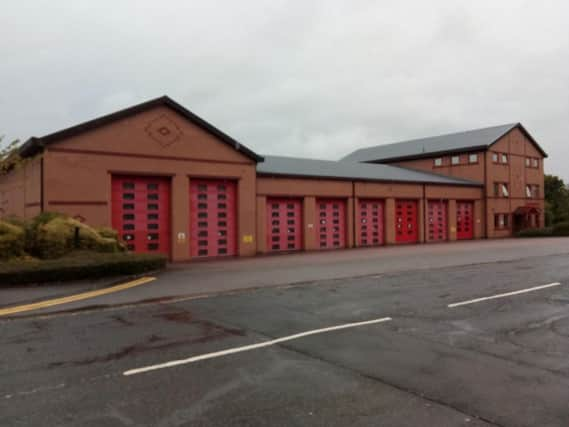All firefighters to be trained in lifting obese patients after sharp rise in demand and injuries to crew members


Service chiefs have seen an escalation in the number of calls for help with bariatric patients in recent years, with numbers doubling in the space of only two years.
South Yorkshire Fire and Rescue Authority, the body which controls the service, has been told that in one incident, five staff members from the same station reported injuries after being called to one particularly challenging bariatric incident.
Advertisement
Hide AdAdvertisement
Hide AdCouncillors and others who make up authority have already been told the brigade was drawing up a business case which would “aim to improve resources, to include information, instruction, training and supervision during these types of incidents”.
That has now evolved into a policy which will see all firefighters provided with basic training and equipment to deal with bariatric patients, to supplement the specialised staff already trained and equipped for such work, who are based at the Adwick station in Doncaster and Tankersley on the Barnsley and Sheffield border.
The service’s head of emergency response, Tony Carlin, said: “We’re attending more incidents involving bariatric patients, both because of societal changes and the fact that our crews now respond to a wider range of incidents, such as calls to help the ambulance service gain access to certain properties.
“Firefighters at Adwick and Tankersley fire stations are already specially trained to deal with this type of incident, but we are now looking to introduce basic bariatric rescue training and equipment to all firefighters so they can better respond to this type of incident safely and with the dignity of patients in mind.
Advertisement
Hide AdAdvertisement
Hide Ad“This training and equipment will enhance our ability to respond quickly and efectively, not just to known bariatric casualties, but to all circumstances where lifting a casualty may prove difficult.
“Clearly, this is an issue for all fire services, so we are also working with others in the region to consider what other support we might be able to provide to our crews when supporting this type of incident,” he said.
In the last 12 months, ending in March, the South Yorkshire service dealt with 77 bariatric rescues, compared with 38 over the same period two years earlier.
Bariatric rescues are not a new issue for the fire brigade and other emergency services and in the 1990s Sheffield fire crews were regularly called to help with a patient from the Longley area, both at home and the Northern General Hospital.
Advertisement
Hide AdAdvertisement
Hide AdIn that era such calls were a rarity but as obesity has continued to increase, numbers of calls for help from firefighters have also gone up.
During last year, five firefighters were injured while lifting and handling casualties, from a total of 16 hurt on operational incidents, with five of those all based at the same station and reporting injuries as a result of one bariatric lift.
A report on the incident states: “It was reported that the lifts involved were very awkward and within confined areas of the private dwelling, making working practices difficult.”
The service is experiencing an increase in the number of accidents and injuries being reported by staff, but managers state that staff are becoming better at reporting incidents when they do happen.
Advertisement
Hide AdAdvertisement
Hide AdLast year, for every 1,000 shifts worked, there were 138 incidents of accident or injury reported, compared to 114 in the previous 12 months.
In the final quarter of last year, numbers were around double the previous quarter, but that has been blamed at least partly on the bad weather, with some slipping while on duty in fire station yards.
Fire Authority members have been told: “The accident/incident reporting culture within SYFR is improving month on month.
“This is due to proactive work being undertaken. A greater trust is being established and employees are noticing that reports are leading to improved safety. This can only be seen as a positive improvement to the organisation’s health and safety culture, enabling managers and safety professionals to examine data and look at proactive accident prevention strategies.”